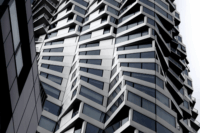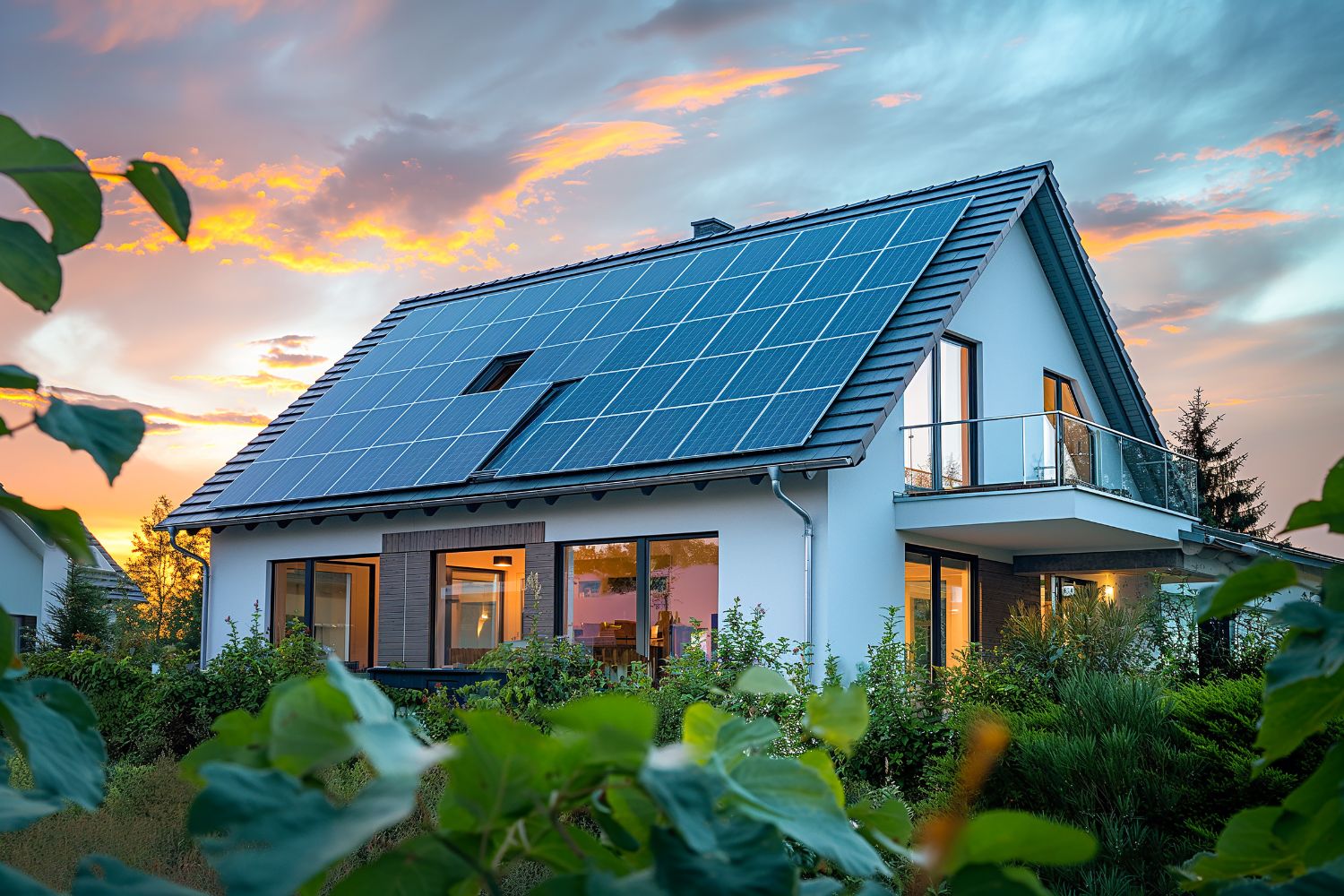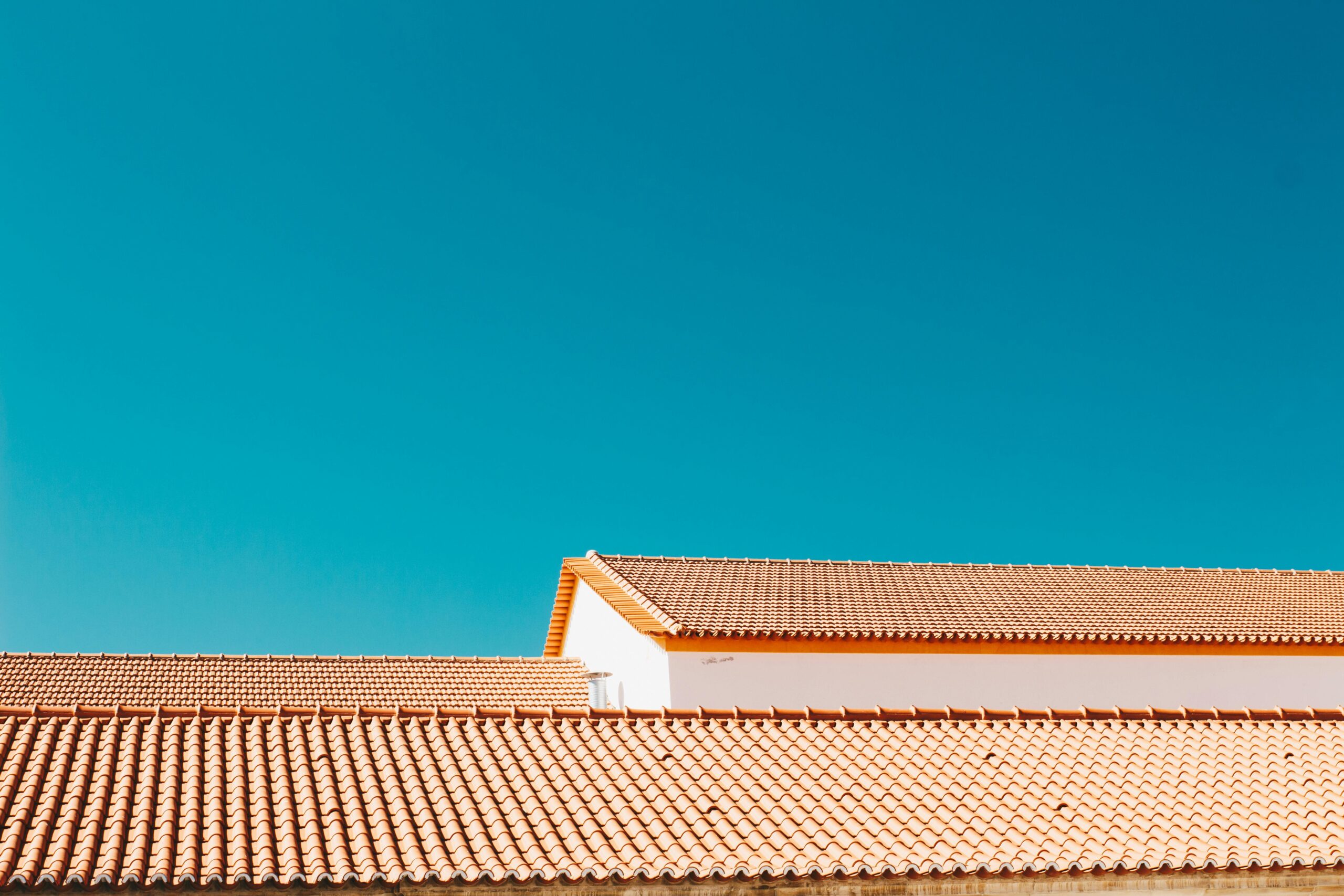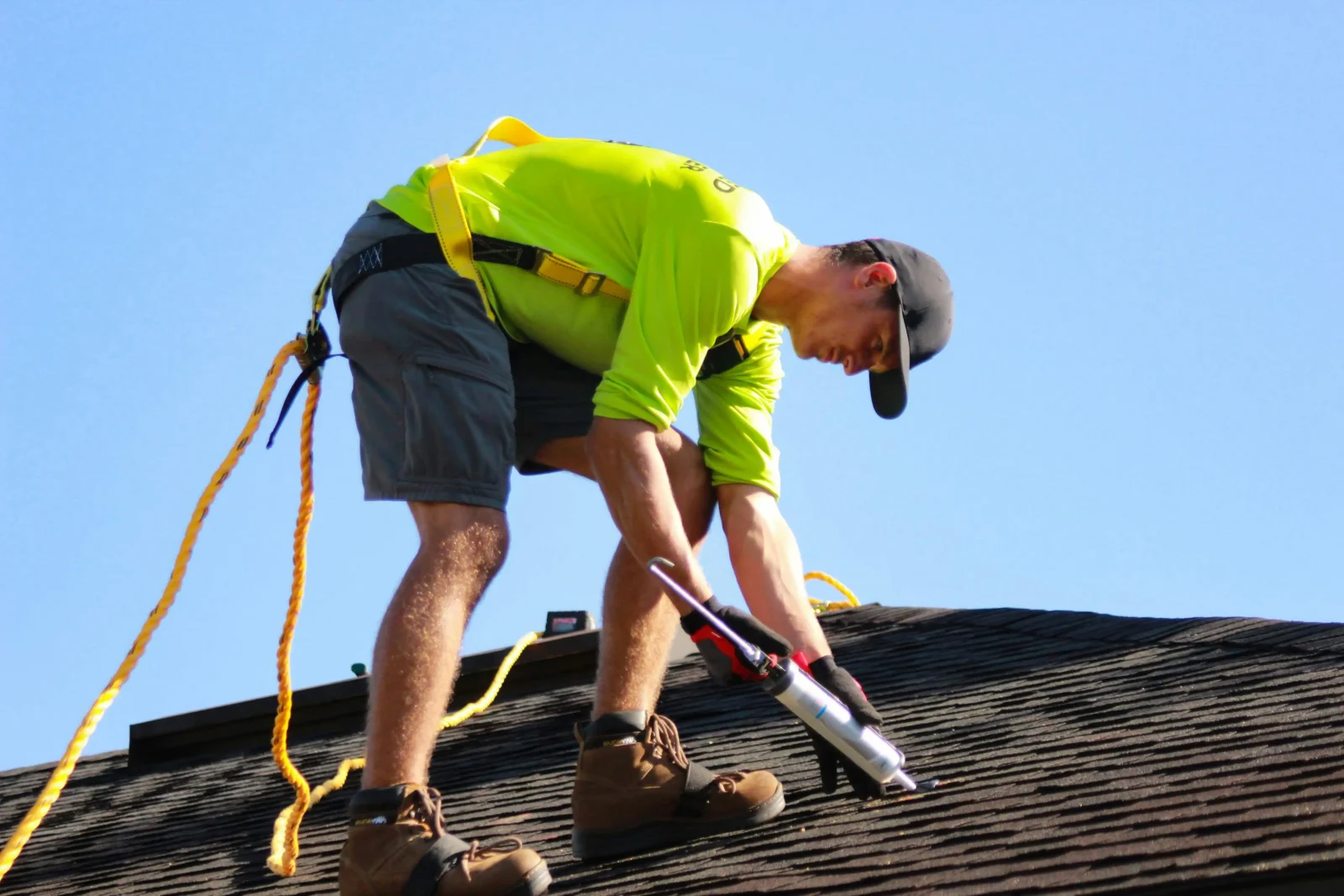- Home
- Articles
- Architectural Portfolio
- Architectral Presentation
- Inspirational Stories
- Architecture News
- Visualization
- BIM Industry
- Facade Design
- Parametric Design
- Career
- Landscape Architecture
- Construction
- Artificial Intelligence
- Sketching
- Design Softwares
- Diagrams
- Writing
- Architectural Tips
- Sustainability
- Courses
- Concept
- Technology
- History & Heritage
- Future of Architecture
- Guides & How-To
- Art & Culture
- Projects
- Interior Design
- Competitions
- Jobs
- Store
- Tools
- More
- Home
- Articles
- Architectural Portfolio
- Architectral Presentation
- Inspirational Stories
- Architecture News
- Visualization
- BIM Industry
- Facade Design
- Parametric Design
- Career
- Landscape Architecture
- Construction
- Artificial Intelligence
- Sketching
- Design Softwares
- Diagrams
- Writing
- Architectural Tips
- Sustainability
- Courses
- Concept
- Technology
- History & Heritage
- Future of Architecture
- Guides & How-To
- Art & Culture
- Projects
- Interior Design
- Competitions
- Jobs
- Store
- Tools
- More
Complete Guide to Architectural Roofing Systems: Types, Materials, and Design Insights
Discover a comprehensive guide to architectural roofing systems, blending aesthetics, durability, and functionality. Explore materials from metal to clay tiles, sustainable options like green roofs, and modern design trends.

When it comes to designing a building, the roof does more than just protect—it defines the structure’s character and functionality. Architectural roofing systems combine durability, aesthetics, and innovation, making them an essential element in modern construction. From sleek contemporary designs to timeless traditional styles, these systems offer endless possibilities for enhancing a building’s appeal.
We know choosing the right roofing system can feel overwhelming with so many materials, styles, and technologies available. That’s why understanding the options and their benefits is crucial for making informed decisions. Whether we’re building from scratch or upgrading an existing structure, architectural roofing systems can transform the way we think about roofs, blending form and function seamlessly.
Table of Contents
ToggleUnderstanding Architectural Roofing Systems
Architectural roofing systems are a cornerstone of modern building design, integrating structural integrity with visual appeal. These systems utilize advanced materials and techniques to meet diverse design and performance requirements.
What Are Architectural Roofing Systems?
Architectural roofing systems refer to specialized designs that blend aesthetics, durability, and functionality. Unlike standard roofing, they prioritize creative expression alongside practical needs like insulation, weather resistance, and energy efficiency. Common materials include metal, clay tiles, asphalt shingles, and composite elements, each offering unique advantages for specific architectural styles. Advanced technologies like cool roofing and green roofs also fall under this category.
For example, standing seam metal roofs provide a sleek, modern look while ensuring longevity. Alternatively, clay tiles suit Mediterranean or Spanish-style constructions, delivering both tradition and weather resistance. By leveraging such options, these systems complement and enhance a building’s overall design.

Importance Of Roofing In Architecture
Roofing contributes significantly to a building’s aesthetic identity and structural performance. Its role extends beyond weather protection, influencing ventilation, energy efficiency, and acoustics. The choice of roofing impacts the harmony between a structure and its environment, ensuring functionality aligns with visual goals.
For instance, cool roofs reduce energy costs by reflecting sunlight, ideal for warmer climates. Similarly, green roofs promote sustainability by improving insulation and supporting vegetation. Both examples highlight how roofing transforms architectural intent into tangible, efficient designs. It’s best to schedule a consultaiton with a local roofing company to make sure your chosen materials and design fit your home’s structure and regional climate. Their expertise helps you make informed decisions that balance aesthetics, performance, and long-term value.
Types Of Architectural Roofing Systems
Architectural roofing systems offer versatile options to meet aesthetic and functional needs. We explore common types and their distinctive features below.
Metal Roofing Systems
Metal roofing systems combine strength and design versatility. Common materials include steel, aluminum, zinc, and copper. These systems resist corrosion, withstand extreme weather, and offer durability of up to 50+ years. Standing seam metal roofs, for example, emphasize sleek designs, while metal shingles mimic traditional styles. Metal roofs also support energy efficiency by reflecting sunlight, lowering cooling costs.
Shingle Roofing Systems
Shingle roofing systems provide cost-effective and adaptable solutions. Asphalt shingles are the most popular, lasting 15-30 years with minimal maintenance. Architectural shingles add dimensional textures and improved durability compared to standard 3-tab variants. Other options include wood shingles, delivering natural aesthetics, and synthetic shingles, offering enhanced weather resistance.
Tile Roofing Systems
Tile roofing systems are known for their durability and distinctive looks. Clay, concrete, and slate are common materials, each offering unique benefits. Clay tiles provide classic Mediterranean charm, while concrete tiles deliver strength with lower costs. Slate tiles feature premium longevity, sometimes lasting 100+ years. These systems perform well in diverse weather conditions and add to the building’s thermal efficiency.
Flat And Low-Slope Roofing Systems
Flat and low-slope roofing systems cater to modern architectural designs. Materials include modified bitumen, single-ply membranes like TPO or PVC, and built-up roofing (BUR). These systems often integrate features like waterproofing layers and insulation. Flat roofs are ideal for functional spaces, such as rooftop gardens or solar panel installations, enhancing sustainability and value.

Key Materials Used In Roofing Systems
Architectural roofing systems rely on a variety of materials, each offering unique advantages in durability, aesthetics, and functionality. Understanding these materials helps us choose the best options for specific design and performance needs.
Common Materials And Their Benefits
- Metal: Metal roofing, including steel, aluminum, and copper, provides exceptional durability and resistance to harsh weather. It supports energy efficiency through reflective surfaces, reducing cooling costs, and offers a modern aesthetic.
- Asphalt Shingles: Asphalt shingles are cost-effective and versatile, with options for various colors and textures. They perform well in diverse climates, especially when reinforced with fiberglass layers.
- Clay And Concrete Tiles: Clay tiles are known for their longevity and resistance to UV radiation, while concrete tiles deliver similar benefits at a lower cost. Both materials excel in hot climates, maintaining structural integrity over decades.
- Slate: Slate roofing is highly durable and offers a classic appearance. Its natural properties make it fire-resistant and long-lasting, often exceeding a lifespan of 100 years.
- Wood Shakes And Shingles: These materials create a rustic aesthetic, with cedar being a popular option for its moisture resistance. Proper treatment enhances fire resistance and longevity.
- Composite Materials: Synthetic shingles and other composite options mimic the appearance of traditional materials like slate or wood while offering improved durability and reduced maintenance.
Sustainable And Eco-Friendly Options
Eco-conscious choices in roofing balance environmental sustainability with functional performance.
- Cool Roofs: Made from reflective materials like coated metal or reflective membranes, cool roofs minimize heat absorption, improving energy efficiency and reducing urban heat island effects.
- Green Roofs: Vegetative roofing systems provide insulation, improve air quality, and manage stormwater runoff. They help integrate natural elements into urban architecture.
- Recycled Materials: Roofing products made from recycled content, such as rubber or plastic composites, offer durability and sustainability. These options reduce waste while imitating traditional materials.
- Solar Roofing: Solar panels or photovoltaic shingles transform roofs into renewable energy sources, contributing to sustainability while generating clean power.
- Living Materials: Innovations like algae-based shingles or bio-based membranes promote biodegradable materials, integrating novel eco-friendly roofing solutions.
By combining traditional and sustainable materials, we support both practical and environmental goals in modern architectural roofing systems.

Design And Aesthetic Considerations
Architectural roofing systems significantly impact both the functionality and visual appeal of a structure. When designing these systems, careful attention balances structural performance with aesthetic objectives.
Blending Functionality And Style
Successful roofing design marries practical performance with architectural beauty. Structural integrity, weather resistance, and energy efficiency must coexist with visually cohesive elements. For instance, metal roofing offers sleek, modern lines while allowing energy-efficient coatings. Similarly, slate and clay tiles pair timeless elegance with durability, making them ideal for both aesthetic preservation and functional endurance.
Material selection contributes to this duality. Composite materials replicate traditional styles while reducing maintenance demands. Green roofs provide environmental benefits while integrating seamlessly into natural, earthy designs. This balance ensures roofs amplify the building’s character without sacrificing utility.
Popular Roofing Designs In Modern Architecture
Current architectural trends reflect a preference for designs that prioritize minimalism, sustainability, and innovation. Flat and low-slope roofs support geometric aesthetics while accommodating amenities like rooftop gardens or solar panels. Standing seam metal roofing is favored in contemporary designs due to its clean, modern lines and durability.
Traditional forms retain importance in certain projects. Gable roofs and hipped roofs find use in residential architecture, offering timeless appeal with practical rain-shedding qualities. Meanwhile, dynamic architectural solutions, such as wave-shaped or asymmetrical roofs, are increasingly common in avant-garde designs that push creative boundaries.
These styles, combined with innovative materials, align form with function, further advancing modern roofing systems.

Factors To Consider When Choosing A Roofing System
Selecting the right roofing system involves evaluating multiple factors to ensure it aligns with the building’s needs and aesthetics. Key considerations include the environmental conditions, budget constraints, and maintenance requirements.
Climate And Environmental Impacts
Roofing systems must withstand local climate conditions and environmental challenges. In areas with high rainfall or snow, materials like metal and slate offer durability and resistance to moisture. Regions with extreme heat benefit from cool roofs, clay tiles, or reflective materials designed to reduce heat absorption. For coastal locations prone to high winds and salt exposure, corrosion-resistant options like aluminum or specialized shingles are ideal. Green roofs or solar roofing systems can also provide added functionality in urban settings by improving air quality and reducing energy costs. The roofing choice directly affects the system’s longevity in specific environments.
Budget And Long-Term Maintenance
Initial costs and ongoing maintenance are critical in roofing decisions. Asphalt shingles, known for affordability and low upkeep, suit projects with tight budgets. Metal roofing, although more expensive initially, provides long-term cost savings due to its durability and minimal maintenance. Tile and slate roofs often require higher investments but offer exceptional lifespans and resistance to wear. Regular maintenance, including inspections and cleaning, varies by material; for example, wood shakes need periodic treatments against moisture and pests. Choosing a system that balances upfront expenses with future upkeep ensures cost efficiency over time.
Conclusion
Architectural roofing systems combine aesthetics, durability, and performance to meet diverse design needs. With materials ranging from metal and clay tiles to composite solutions, they address various structural and visual requirements. Sustainable options, such as cool roofs and green roofs, offer environmental benefits.
Selecting the right roofing system involves assessing climate resilience, budget efficiency, and maintenance demands. Proper installation by professionals and routine maintenance ensure longevity and functionality, supporting both practical use and aesthetic appeal in architectural designs.
- architect roofing solutions
- architectural roofing styles
- architectural roofing trends
- best roofs for architecture
- building roofing guide
- evaluation of roofing systems
- modern architectural roofing
- roofing design considerations
- roofing materials comparison
- roofing system considerations
- roofing system features
- roofing systems for buildings
- selecting the right roof
Submit your architectural projects
Follow these steps for submission your project. Submission FormLatest Posts
Sunny Days, Secure Roof: Simple Steps to Shield Your Home
Your home is more than just a place to live—it’s a sanctuary....
Simple and Stylish Roof Ideas for Homeowners
When designing your home, don’t overlook the roof. It’s essential for both...
Key Qualities to Look For in a Residential Roofing Contractor
Choosing a residential roofing contractor involves careful consideration. The roof is a...
Top Signs It’s Time to Replace Your Gutters, Not Just Repair Them
What plays a crucial role in protecting your roof down to the...












Leave a comment